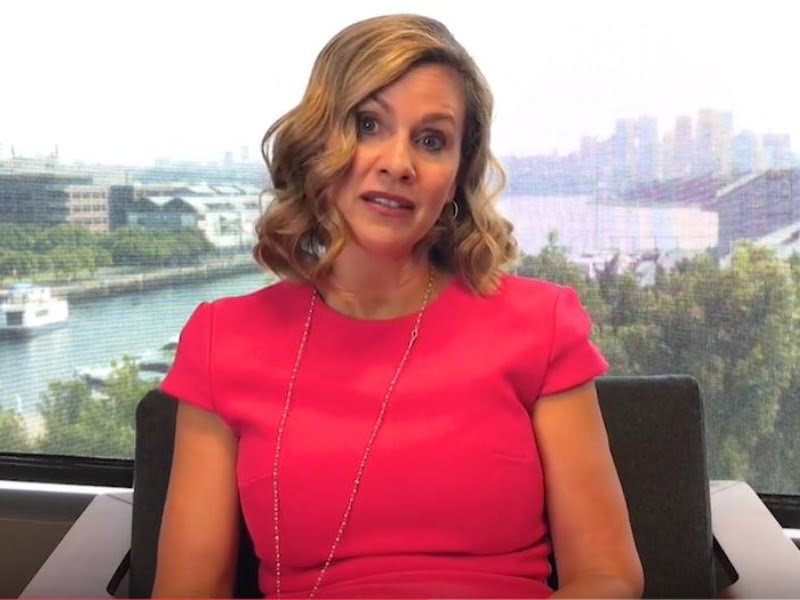The federal government and ISPs have formalised the official rules governing the blocking of websites hosting “horrific material” in the wake of a terrorist attack or violent crime.
The protocol, developed by the eSafety Commissioner and Communications Alliance, will be activated following an “online crisis event” and orders internet service providers (ISPs) to block access to any websites hosting violent material or content promoting similar acts.
The protocol is a recommendation from the Taskforce to Combat Terrorist and Extreme Violent Material Online, formed following the Christchurch terrorist attack last year.

The Christchurch attack was live-streamed to Facebook, leading local telecommunications companies to block 40 websites voluntarily. But this was done without specific rules or a solid legal basis, and the telcos called on the government to formalise the law around this.
This new protocol sets out these rules, outlining the cases ISPs will be ordered to block websites hosting violent material.
It defines an online crisis event as one that “follows a terrorist act or violent crime; involves the rapid dissemination of material in a manner likely to cause significant harm to the community; and warrants a rapid, coordinated and decisive response by industry and government”.
The content in question must “promote, incite or instruct in terrorist acts or violent crimes”, and the bans can be issued for a period of time on a case-by-case basis.
The eSafety Commissioner will have the power to order ISPs to block the websites hosting this content, and to decide when an online crisis event is occurring.
“The Christchurch terrorist attacks taught us that we cannot be complacent in the face of the willingness of terrorists to exploit the internet to traumatise the community and incite further heinous acts,” eSafety Commissioner Julie Inman Grant said.
“In a free society such as ours, the threshold for blocking websites must be extremely high. However, the community has a right to be protected from material that would go viral, causing enormous harm, particularly to children or those who may be vulnerable to radicalisation.”
Communications Minister Paul Fletcher said the new protocol would provide a “framework…to enable a rapid, coordinated and decisive response to contain the rapid spread of terrorist or extreme violent material”.
The government has worked with the big telcos to develop the protocol through the Communications Alliance, with participating ISPs including Telstra, Foxtel, Optus, TPG, VHA and Vocus Group.
“We’ve seen a strong sense of shared purpose between government, the eSafety Commissioner and internet service providers to put this protocol in place. We welcome the protections it can provide customers against the risk of dangerous and extreme content being shared online,” Communications Alliance chief executive officie John Stanton said.
The new site-blocking powers were first put into use in September last year, after the legislation was passed by Parliament the month prior. Australian ISPs restricted access to eight websites that were hosting terrorist-related content, for an initial six-month period.
Do you know more? Contact James Riley via Email.

